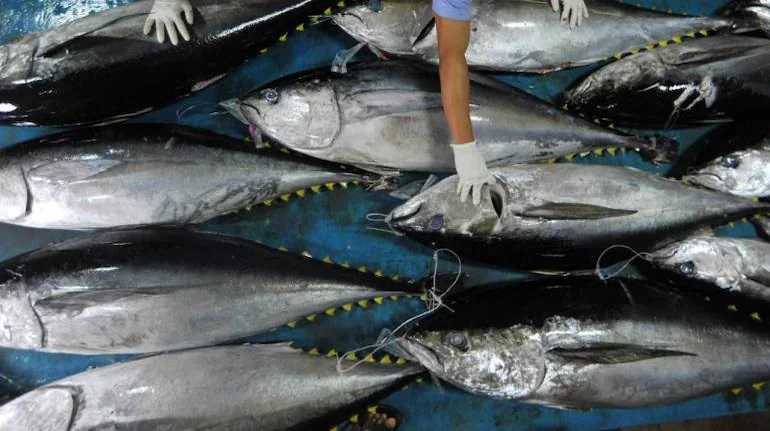Rising demand for convenience food boosts value addition in Indian seafood exports

Value addition in India’s total annual seafood exports was stagnant at around 6-7 percent till Covid-19 exploded globally. In the last couple of years, it has risen to around 10 percent, according to MPEDA sources.
Indian seafood exporters are churning out more value-added products to cater to the rising demand for convenience foods in overseas markets, particularly the US, after the outbreak of Covid-19.
The retail market is booming as a large section of people are still hesitant to go to restaurants and catering is yet to regain normalcy. Since home consumption has come to stay, people are buying more ready-to-eat foods.
Demand for value addition
Value addition in the total annual seafood export from India was stagnant at around 6-7 percent till Covid-19 hit the world. In the last couple of years, it has risen to around 10 percent, according to Marine Product Export Development Authority (MPEDA) sources. India exported marine products worth $5.96 billion in FY21 and the country is hoping to touch the $7 billion mark in the current year.
“Rising demand for value-added products has created the need for different packaging. Instead of bulk packets, we have to produce smaller ones like 500 gms, 250 gms etc,” said Anwar Hashim, Managing Director of Abad Fisheries. This includes fish fillets and other ready-to-fry or steam products.
The pandemic has compelled exporters to give more thrust to value addition to cash in on the current situation. But it requires more investment and trained manpower.
“We have exclusive contracts with buyers in the US. They provide us training programmes and help us in importing food materials needed for value addition, like breading,’’ said M Nagesh, finance director of Nekkanti Sea Foods Ltd.
Unlike bulk supply, volumes will be lower for value-added products. So, value addition beyond a limit will affect the topline, though profitability will be more as the special products will bring in bigger margins. “We will have to balance both,” Nagesh added. At present the company’s value addition in exports is around 15 percent.
Freight rates, which have gone up by four to five times, have however eaten into the profitability of exporters. But as people have started stocking more during this winter, probably dreading Omicron, the new variant of the virus, prices are moving up, bringing some relief to Indian exporters. According to Nagesh, consumers are buying three months’ stocks instead of just one month earlier.
Breaded shrimps have become a big draw in the US and Japan. Meal kits that have pasta, sauce with shrimp or fish are much sought after in several countries, according to the exporters.
Surimi exports up
The craze for value-added products bought from retail chains and supermarkets has helped boost the shipments of Surimi products from India. Surimi is a paste made from fish meat that is used in making value-added products. It is used to imitate the texture and taste of more expensive products like crab or lobster. Crab stick is a popular Surimi product worldwide.
“Our export of crab sticks to the US has gone up by 20 percent as supply from the local producers in the country has been hit by the pandemic,” said Arjun Gadre, MD of Gadre Marine Export Pvt. Ltd., which accounts for 40 percent of the Rs 2,000 crore or so Surimi shipments from India.
The consumption of Surimi products has also increased in Asian countries such as Japan, Taiwan, Thailand and Korea. “The supply of Surimi from Malaysia, Indonesia and Thailand has dwindled after Covid-19 due to a shortage of workers. But India has managed with local workers despite the lockdowns,” said Satish Pandit, Director, Amal Sagar Seafoods Ltd., another major Surimi exporter.
As threadfin bream, the staple fish used in Surimi, has become expensive after a sharp fall in the catch, manufacturers have been going for a Surimi mix from the meat of croaker, lizard fish, ribbon fish etc.
